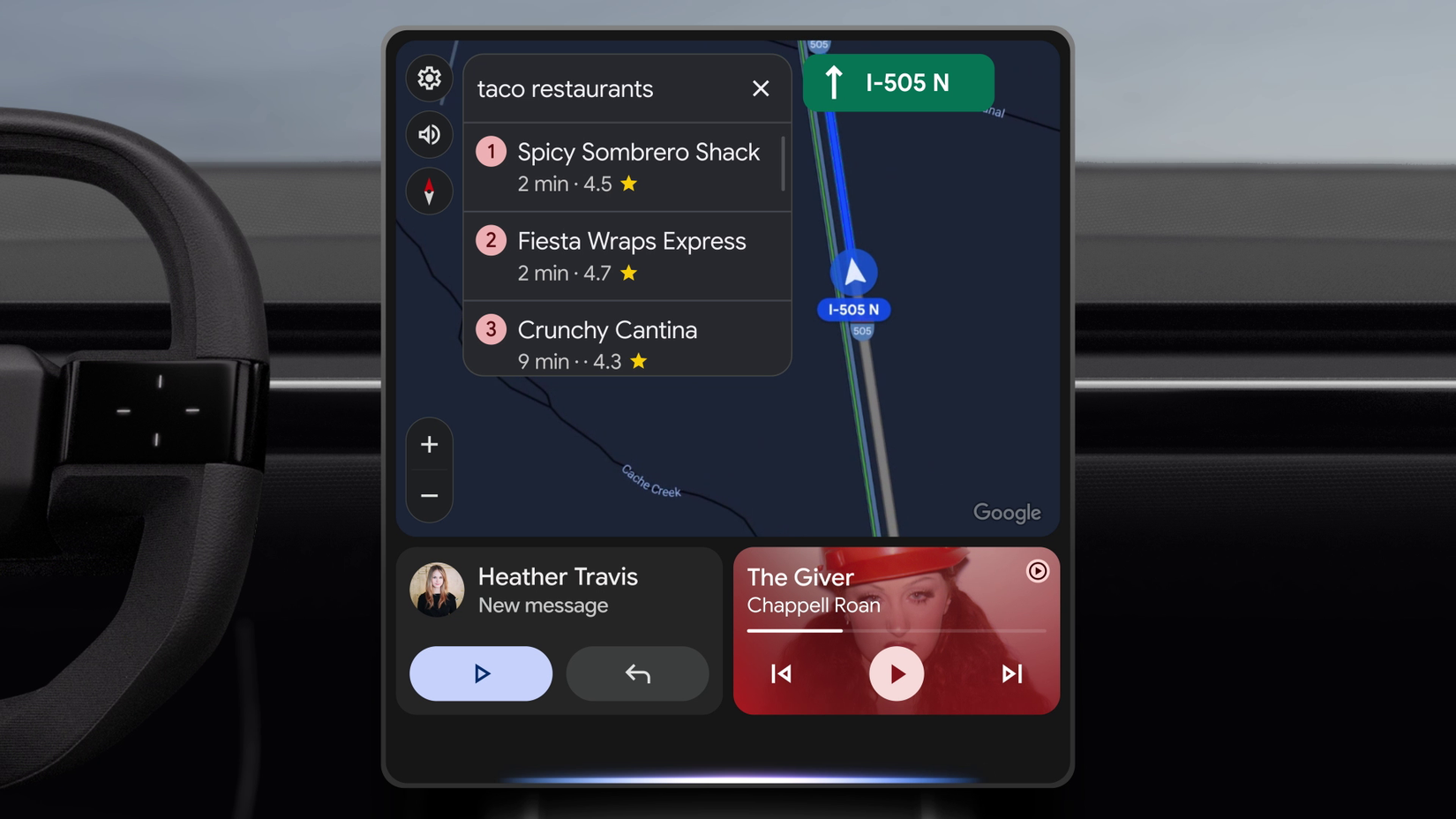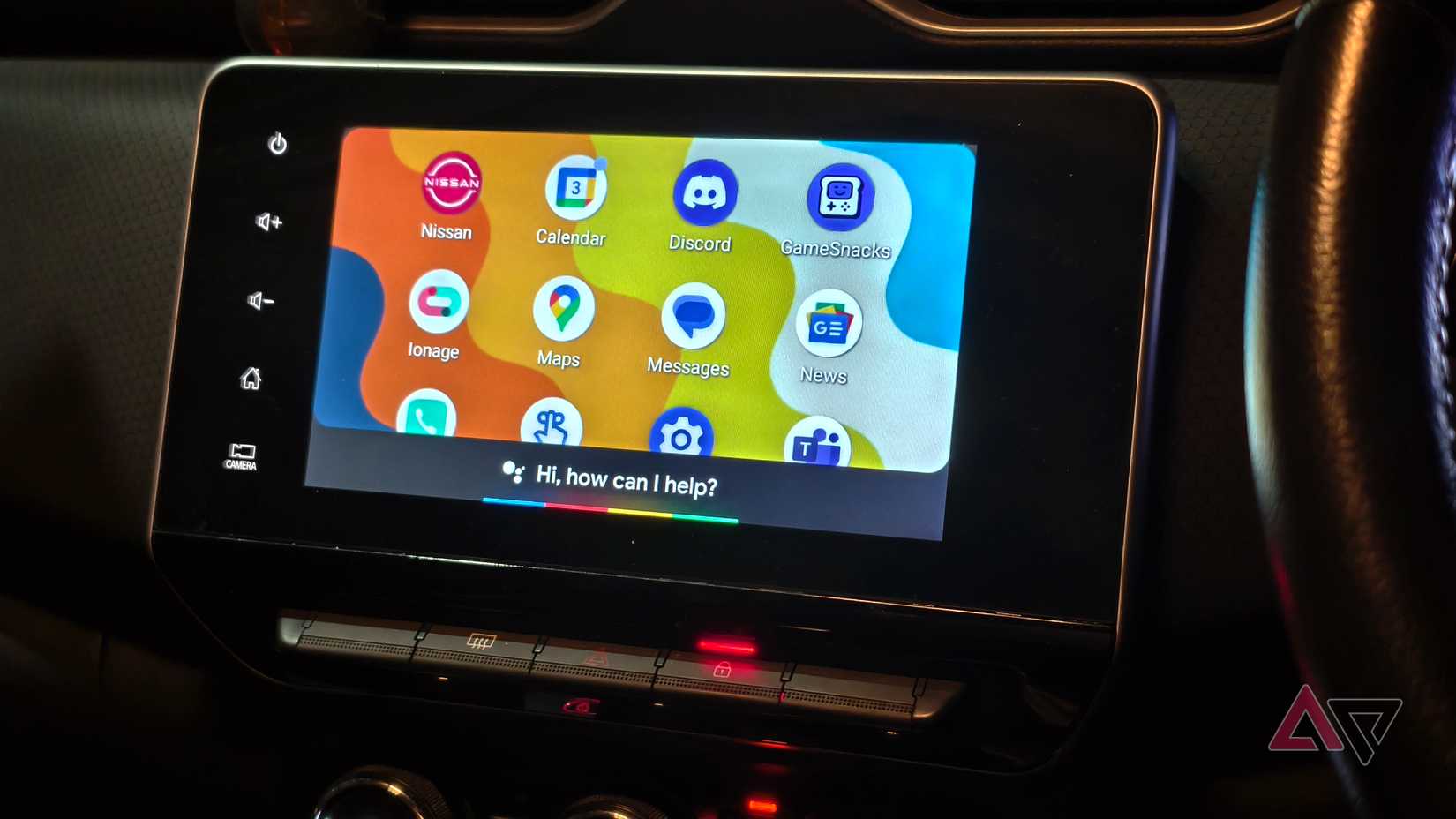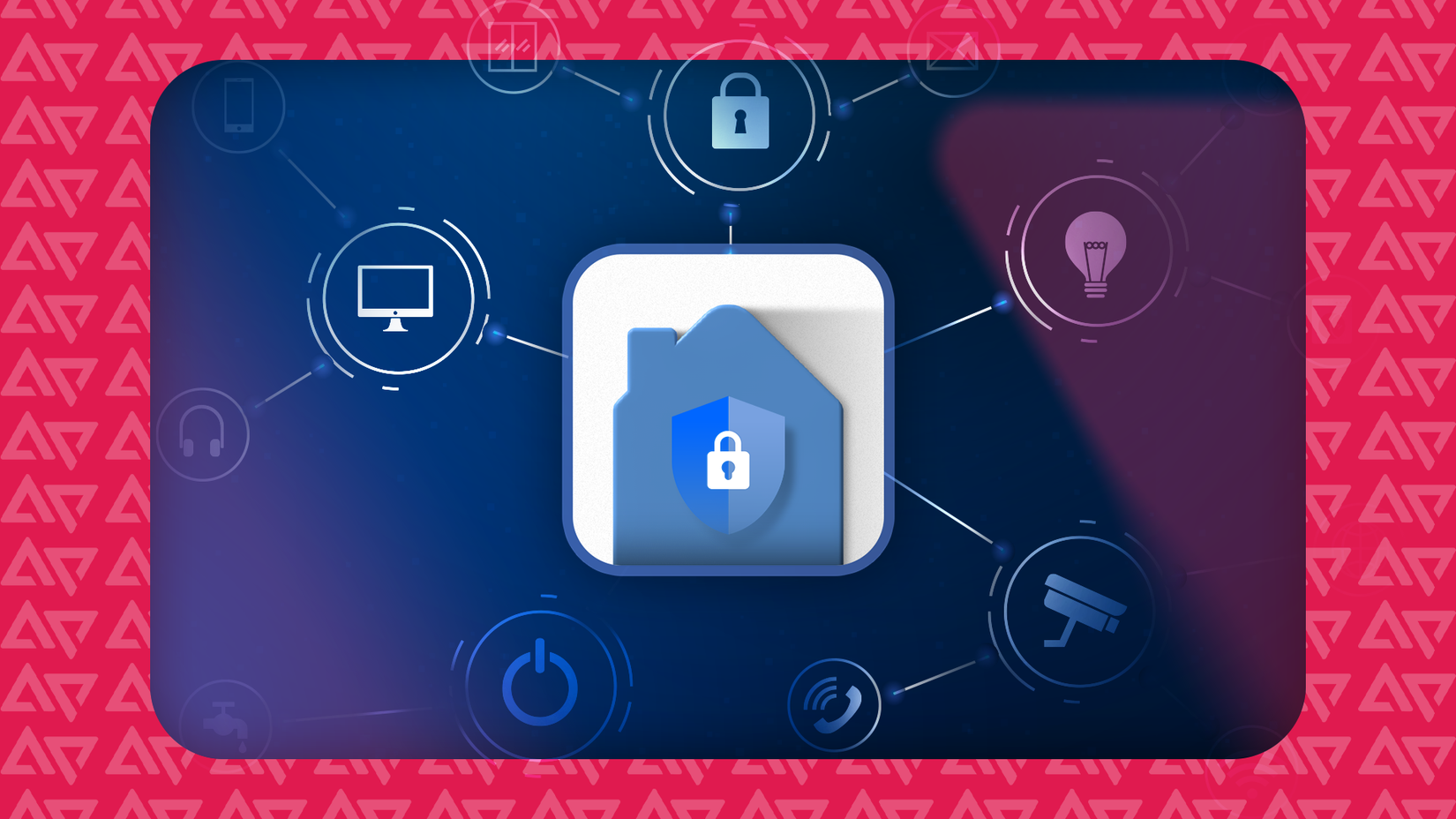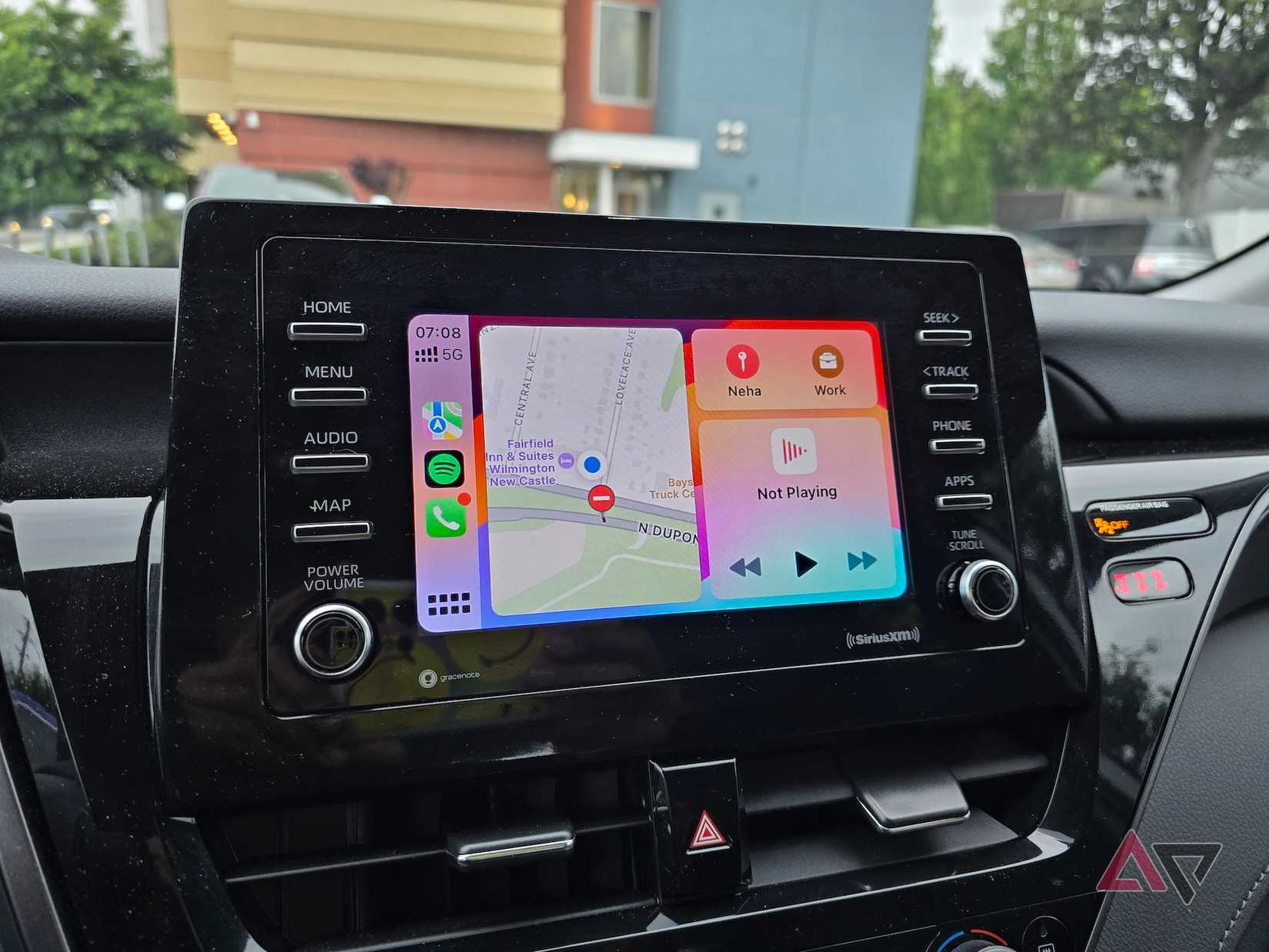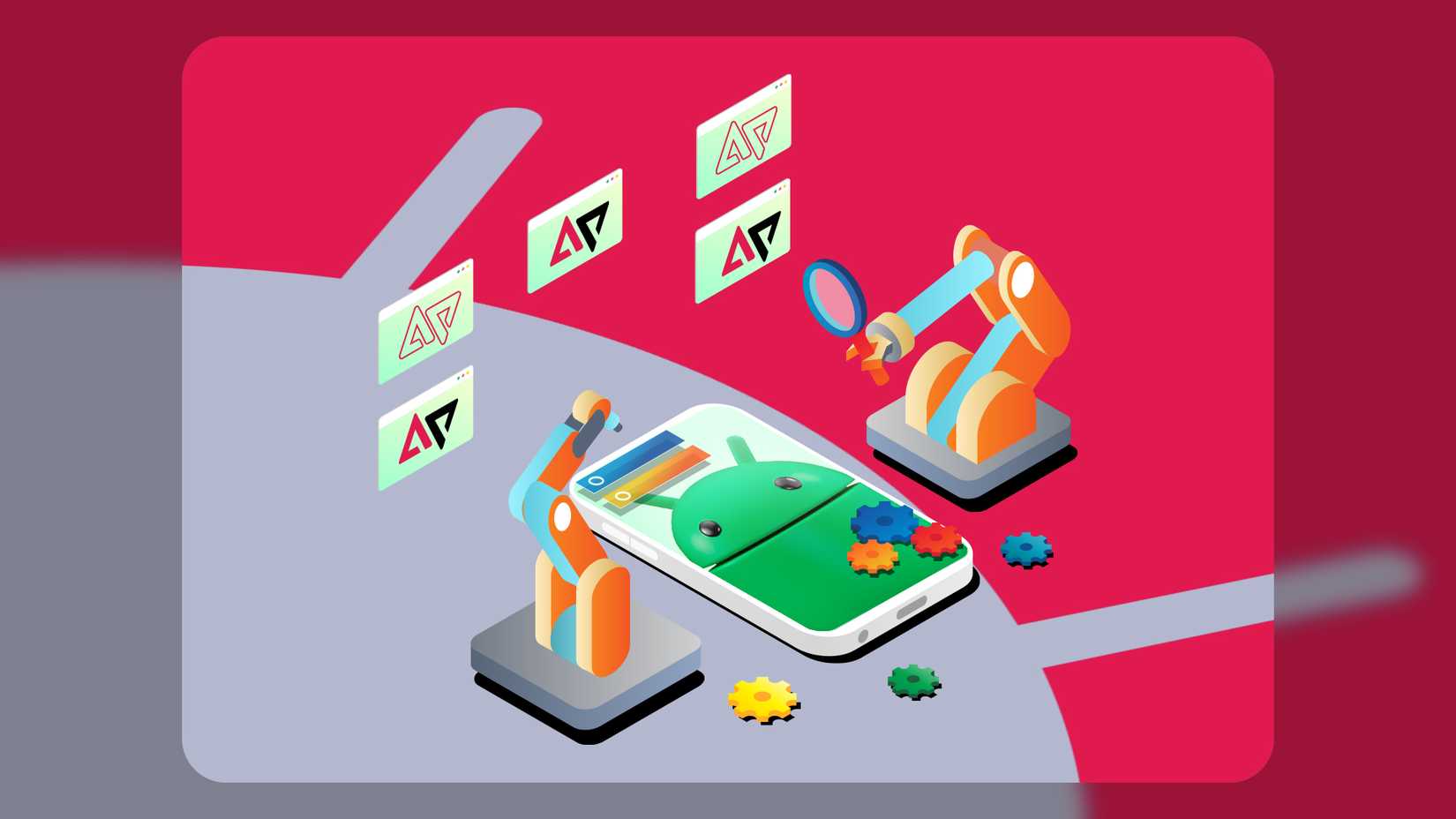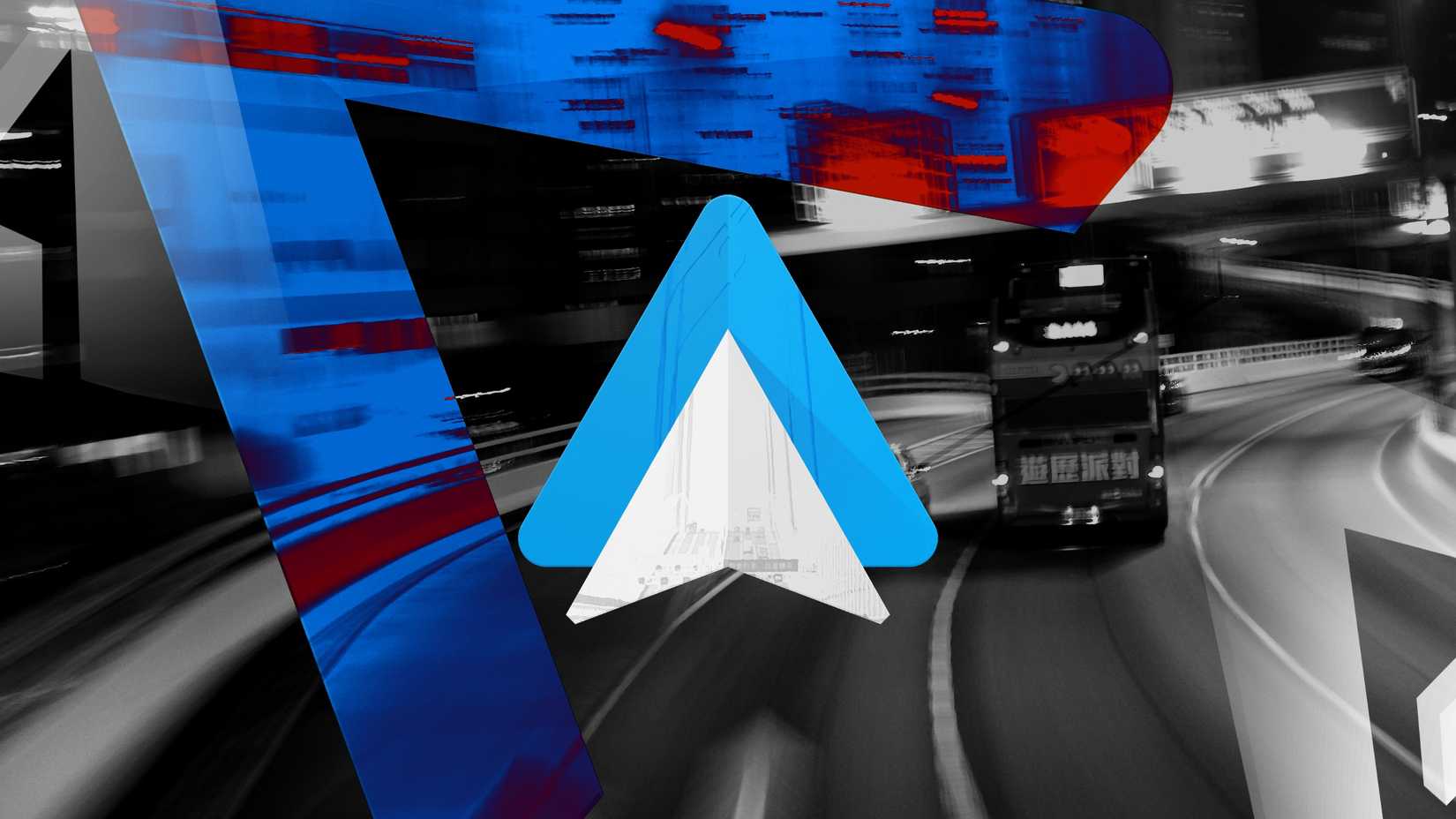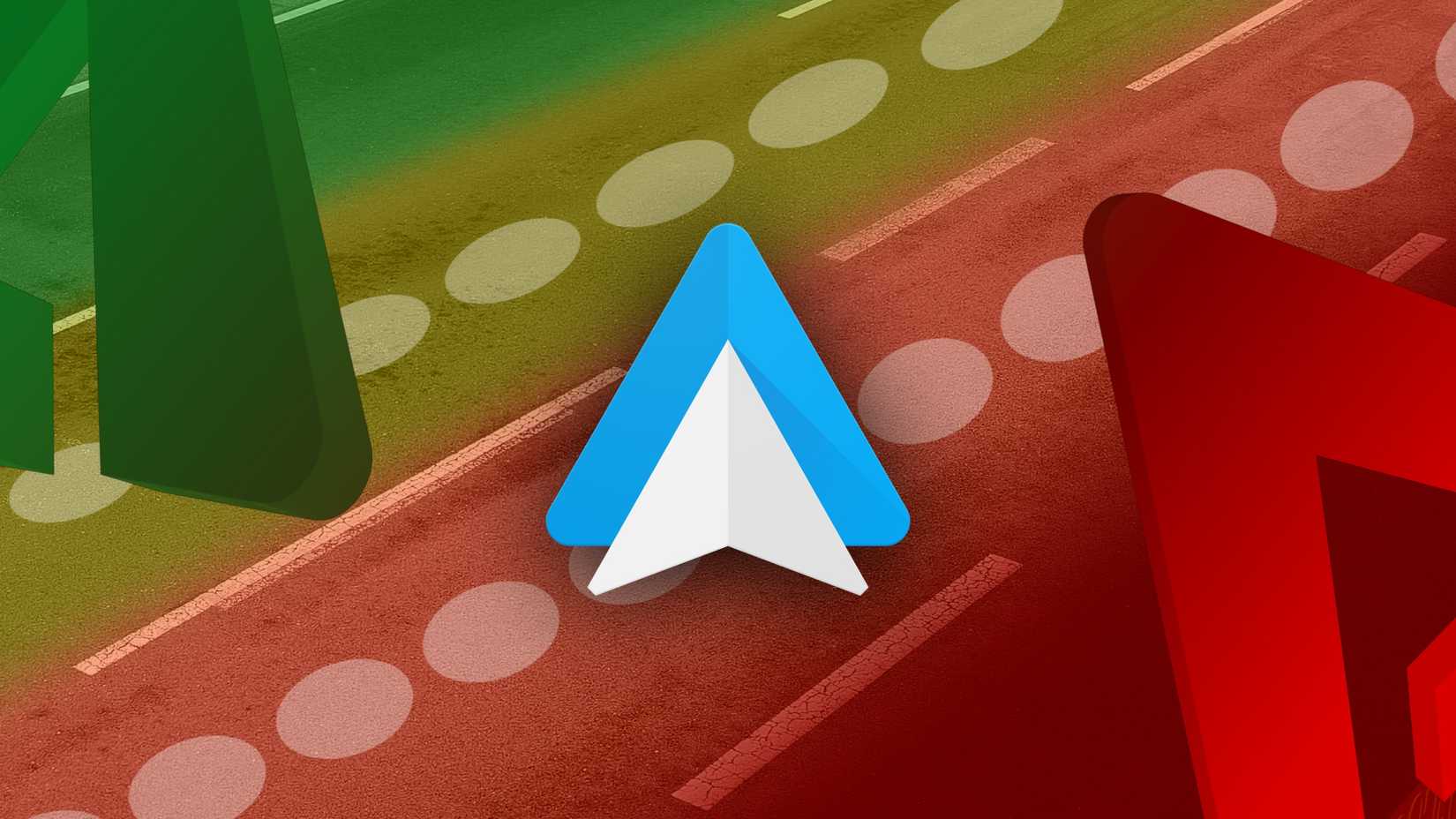Apple CarPlay and Android Auto have turned clunky car infotainment systems into intelligent and seamless extensions of the phone. For many drivers, plugging in a phone is now routine, like fastening a seat belt.
CarPlay reflects Apple’s ethos. It is a relatively simple, curated experience that “just works.” It prioritizes consistency and ease of use, creating a familiar iPhone-like environment.
Android Auto reflects Google’s values. It offers more choice and control to users who value personalization and advanced features. For those who want to do more, Android Auto does more.
Here are eight things it does that CarPlay doesn’t match.
8
Gemini in Android Auto outpaces Siri in CarPlay
In-car voice assistants have mainly worked like remote controls. You say a command, and it acts. Google is changing this by integrating Gemini into Android Auto.
Where Siri in CarPlay is reactive, waiting for a specific command, Gemini is proactive, understands context, and reduces cognitive load while driving.
Imagine you’re driving, and a group chat starts buzzing. With CarPlay, Siri will dutifully read you every single message as it comes in. However, it’s a distracting waterfall of information.
With Gemini, Android Auto waits for the thread to settle and then gives a summary. This contextual power extends to everything it does.
You can ask, “Gemini, find some good coffee shops along my route.” After it lists them, you can follow up with, “Okay, how late is the second one open?” without having to restate any context.
Siri struggles with such chained commands and needs you to start with a brand-new query.
Tied into your Google ecosystem, Gemini can also pull details buried in Gmail, such as the address of your kid’s soccer game.
By extending Gemini into Android Auto and Google TV, Google is shaping its AI assistant path, with CarPlay yet to match it.
7
Android Auto supports more apps than CarPlay
Android’s open ecosystem extends into the car. Android Auto works with more third-party apps and services than CarPlay.
Google’s more permissive stance on third-party software means many apps not available on CarPlay integrate with Android Auto.
Beyond the basics, Google’s platform supports point-of-interest and parking apps and has a library of Play Store apps designed for in-car use.
If you have a preferred navigation app or podcast player, odds are it’s available on Android Auto. CarPlay, on the other hand, has historically been more restrictive.
As a result, the selection of CarPlay-compatible apps is smaller and tightly curated.
6
Control your smart home from the driver’s seat
Android also connects to Google Home, so you can control smart-home devices on the road. You can adjust the thermostat, toggle lights, check the garage door, or run Google Home routines with one voice command.
Routines are prebuilt action sequences triggered by a phrase or event. Even they will benefit from Gemini’s contextual understanding.
With one command, Gemini can adjust the thermostat and open the garage as you approach.
Siri’s closest equivalent is Shortcuts, but they don’t run as reliably in CarPlay, and Siri may refuse certain actions while driving for safety. That said, Apple is making strides with iOS 26 to close the gap.
5
Android Auto’s split-screen is more flexible than CarPlay’s
Android Auto allows you to view and control multiple apps simultaneously. After the Coolwalk redesign, split-screen views are standard across Android Auto.
You can run Google Maps on one pane while media controls, messages, or widgets sit alongside.
A common layout is a map on the left, Spotify or YouTube Music controls on the right, plus a glanceable notification or calendar bar.
This multi-panel layout lets you monitor navigation, media, and messages without constant switching.
CarPlay introduced a similar idea with a dashboard view in 2019, but the layout is more rigid.
Although iOS 26 adds more freedom, Android Auto continues to lead in this area.
4
Power users get more flexibility with developer mode
Developer Mode reflects Android’s philosophy of user control. It’s a menu that unlocks deeper control over your in-car experience.
Despite its technical name, it offers practical modifications any driver can use. For example, you can force Day or Night mode if your car’s unreliable light sensor ensures your map display matches your preference.
If you use an aftermarket head unit, you can tweak settings like video resolution to fix display or connectivity issues that would otherwise be unfixable.
The Unknown Sources toggle lets apps not downloaded from Google Play appear in Android Auto, although with some limitations.
Enthusiasts have previously used this to run sideloaded apps on Android Auto for YouTube and web browsing.
CarPlay doesn’t offer an equivalent, or at least not one as easy for end users to access as Android Auto. Everything is determined by the car’s hardware and Apple’s default.
Modifying playback settings to allow video while the car is in motion is hazardous, illegal in most places, and should never be done by the driver.
3
Google gives drivers greater control over the look of Android Auto
Google lets users personalize the look and layout of Android Auto far more than Apple traditionally allowed with CarPlay.
You can reorganize Android Auto’s home screen to prioritize favorite apps and information.
It supports vertical scrolling and provides a library of context-aware widgets for media, weather, and navigation at a glance.
Drivers can also apply Material You theming, which adapts the interface colors to match their phone’s wallpaper.
CarPlay has long been limited, but iOS 26 brings some long-requested changes.
With the new update, CarPlay now supports new widgets, a liquid glass design, and a selection of new wallpapers.
While Apple’s options are still more restricted than Google’s full theming engine, these new iOS 26 features are a welcome addition for Apple fans.
2
Android Auto adds video, games, and browsing when parked
Android Auto is opening the door to native video streaming, web browsing, and even games when the car is stationary.
Drivers can watch streaming video and browse the web while parked. They target moments such as EV charging or school pick-ups.
Google has demoed these capabilities, with video and browser categories expected to roll out with Android 16 on select cars.
With iOS 26, CarPlay supports AirPlay video, allowing you to mirror your iPhone and watch content on the car’s display while parked.
Automakers can integrate CarPlay with AirPlay video to add this feature to their vehicles or not. However, this isn’t streaming or browsing within CarPlay.
1
Faster updates keep Android Auto ahead
Android Auto evolves faster thanks to Google’s update strategy. As an app tightly integrated with Google Play Services, it gets improvements several times a year without waiting for major OS releases.
Drivers see interface tweaks, bug fixes, and new capabilities roll out in the background, keeping the experience dynamic and responsive to feedback.
By contrast, CarPlay has been more static. CarPlay updates typically arrive with annual iOS releases, slowing the adoption of new ideas.
That approach ensures stability and consistency but limits how quickly CarPlay can match Android Auto’s latest features. As a result, CarPlay often lags in feature adoption — the same story we see with phones.
Apple favors controlled, gradual refinement, while Google embraces faster experimentation.
Both platforms reflect their parent companies’ philosophies
The choice between the platforms comes down to what you value most.
CarPlay suits drivers who prize simplicity, live in Apple’s ecosystem, and want a seamless iPhone extension. It delivers an intuitive, reliable experience that “just works.”
Android Auto caters more to those who want control and freedom. Plus, with Gemini integration, Android Auto gains a decisive edge.
Apple is unlikely to let Google keep that lead for long, and it will likely bring Apple Intelligence to CarPlay to close the gap.


